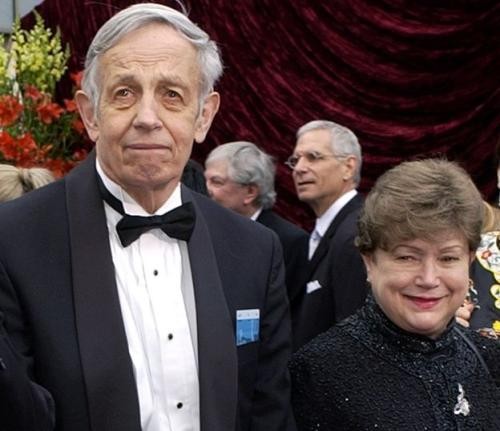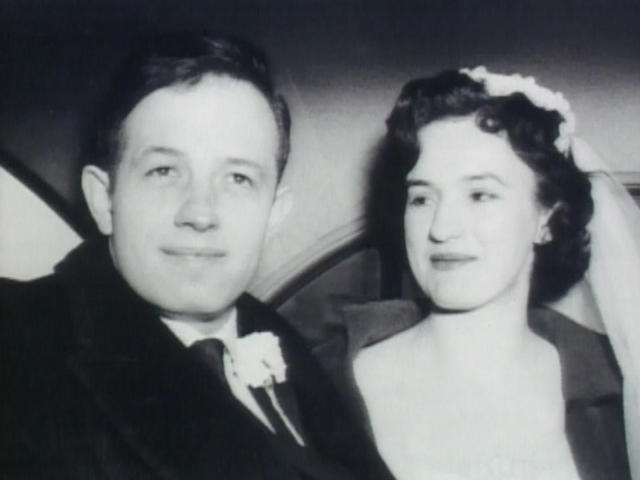Game theorist, famous mathematician whose life is a movie: John Nash
The first symptoms of the disease began to appear in 1958. Although he did not have a roommate, he talked about a roommate and scared the people around him, and the imaginary conversations he had with his roommate revealed that he was schizophrenic. Later, he defeated this disease by using his own intelligence.

John Forbes Nash Jr. (13 June 1928 – 23 May 2015), made radical changes in game theory and differential geometry; American mathematician who also worked on partial differential equations.
In 1959, Nash began to clearly show signs of mental illness and spent several years in mental institutions diagnosed with paranoid schizophrenia. After 1970, his condition began to improve, albeit slowly, and he was able to return to his academic career in the mid-1980s. His struggle with schizophrenia and his recovery and return to academic life has been the subject of the biographical novel "Mind Games" written by Sylvia Nasar, as well as the movie of the same name, in which Russell Crowe plays Nash. On May 23, 2015, Nash and his wife, Alicia Nash, were killed in a car accident on a toll highway while traveling in a taxi.
After completing his undergraduate and graduate studies with degrees without study at the Carnegie Institute of Technology (now Carnegie Mellon University), he went to Princeton University to pursue his doctorate. His doctoral dissertation "Game Theory", which he wrote at the age of 21, won him the Nobel Prize in Economics many years later, in 1994. The young genius solved the problems in game theory, the invention of John von Neumann, and made it usable. By the age of 30, he quickly rose to become one of the leading figures in the mathematics community, thanks to his brilliant ideas and outstanding personality. He met his wife, Alicia Larde, when he began his professorship at MIT. Larde was just a physics student back then. The couple had a son shortly before Nash's schizophrenia problems began. John Nash also worked as a code solver for the military during the Cold War.

The first symptoms of the disease began to appear in 1958. Although he did not have a roommate, he talked about a roommate and scared the people around him, and the imaginary conversations he had with his roommate revealed that he was schizophrenic. Later, he defeated this disease by using his own intelligence. The Alicia Larde-John Nash couple divorced in 1963 and got back together in 1970. The couple, who were offended and reconciled since this date, made the analogy of "two strangers under the same roof" about themselves. After Nash won the Nobel Prize in 1994, they broke up and remarried on June 1, 2001.
Nash published 23 scholarly works between 1945 and 1996, as well as authored "Essays on Game Theory" (1996) and "The Essential John Nash". He is also among the producers of 2 popular games called "Hex" and "So Long Sucker". He studied mathematics at Princeton. Nash was obsessed with the number 23. Nash had published a total of 23 scientific papers.
